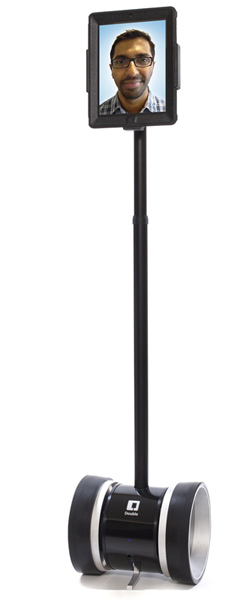Share
The Commodification of Photography – Maybe It Is the Camera…
I observed a woman taking a photo with her iPhone today while walking down the street. But this wasn’t some sort of casual snap. She was backing ...

I observed a woman taking a photo with her iPhone today while walking down the street. But this wasn’t some sort of casual snap. She was backing up. Really backing up. Framing the scene even though she was a good 30 meters behind her friends who had ventured ahead of her. She wanted to capture the shot that she saw in her mind’s eye.
And I’ve been hearing and seeing amazing things about the iPhone 5 camera: 8 megapixel, f/2.4 with an incredible dynamic range and a low light mode that allegedly gives you 2-stops better performance. As VII’s John Stanmeyer pointed out, this camera is better than the $6,000 Nikon D1x that we used less than a decade ago.
We no longer have to worry about ISO, aperture, shutter speed or focus. The only things left to worry about are composition and waiting for the decisive moment – but it seems that more amateurs are willing to do both to get the shot.
Strangely, even with all this technological improvement, I still hear the following with regularity: “Wow. Your camera is awesome, I bet it takes really good photos,” when pointing at my D4 or D800 with a big, honking lens. We tell ourselves over and over again that a camera is just a tool, and the skilled photographer could make a good photo with a Hasselblad H5 or a Lomo. We murmur under our breaths that it’s not the camera, it’s us taking the photo.
I still shoot in manual (most of the time), and make decisions about exposure that contradict the camera’s meter. When I’m motivated, I still “work a scene” to get the shot. But I frequently observe some pretty damn good photography in my Instagram feed that would be exemplary had the photographer been using a better camera.
Sure, maybe the casual photographer can’t make manual exposure adjustments, but I bet a Sony RX1 in “P” mode shoots some pretty stellar photos. So maybe it’s not me. Maybe it is just my expensive camera and glass that gives the illusion that I’m a better photographer than the average Joe off the street.
That is some heady existential stuff.
Aphotoeditor’s Rob Haggart made some astute observations about the commodification of photography in a recent blog post , and Rob and I will be speaking at a free ASMP Symposium in NYC next week entitled “Sustainable Business Models: Issues and Trends Facing Visual Artists.” In a world where everyone can take a pretty good photo, how will professionals survive?
The answer is that they have to become more than just a person who presses a button. The top photographers have always done this instinctively. They wrangle and pull personality into portraits. They enter war zones and capture images while avoiding harm’s way. They coordinate shoots with project management skills that exceed the best management consultants. They aren’t assholes, and are even fun to work with (I hear this more often than you can imagine from photo editors). And they accept change in the industry as an inevitability. This doesn’t mean that they embrace the change, but they roll with the punches and adopt new technologies and paradigms faster than the rest of the pack.
I have the opportunity to speak at a fair number of photo conferences around the country, and there’s nothing more disheartening than seeing the attendees take time out of their day to listen to me for an hour, but then in casual conversations afterwards explain how they’re too busy to effect change. The people who are most concerned with their futures are the ones who should be finding the discipline to change the way they operate on a day-to-day basis. Because if they don’t, the next time they turn around, an iPad will have replaced them.
ASMP’s upcoming symposium, Sustainable Business Models: Issues & Trends Facing Visual Artists, will bring together thought leaders to discuss the impact of shifts in the industry, and creative approaches to compensation that will lead to sustainable business models for imaging professionals. The event is free, but you must register to ensure a seat. The symposium is Thursday, September 27, 2012 from 9 AM to 4 PM at The TimesCenter in NYC, and streamed live for those who cannot attend the event.
Details and registration can be found at: www.ASMP.org/issuesandtrends.




